Mini Sewing Machine Review for Quick & Easy Stitching: 2024
I bought a mini sewing machine to test before interviewing sewing machines for my daughter.
This sewing machine was much smaller and lighter than other machines available at the time and cost significantly less money.
I was disappointed with the sewing machine and it wasn’t the one she ended up learning to sew on.
There are some benefits to mini sewing machines, and they might be the right choice for a small group of people.
If you’re interested to learn more? Then Read my mini sewing machine review. I’ll go over my thoughts on them, as well as the pros and cons.
Complete Mini Sewing Machine Review
Before you make your decision, be sure to read this comprehensive Mini Sewing Machine Review.
Related Post: How to Thread a Mini Dressmaker Sewing Machine
Top Features to Look for in a Mini Sewing Machine
When selecting a mini sewing machine, pay attention to the following features to ensure optimal performance and usability:
- Automatic Threader: An automatic needle threader simplifies the threading process and saves time, especially for those with poor eyesight or shaky hands.
- Reverse Stitching: Look for a mini sewing machine that offers a reverse stitching feature. This allows you to reinforce seams and secure the stitches at the beginning and end of a seam.
- Stitch Options: Look for a mini sewing machine that offers a variety of stitch options to suit your sewing projects. Basic stitches like a straight stitch, zigzag stitch, and buttonhole stitch are essential, but additional decorative stitches can add flair to your creations.
- Speed Control: Opt for a machine that allows you to adjust the sewing speed according to your comfort and skill level. This feature is particularly beneficial for beginners who are still honing their sewing skills.
- Bobbin System: Check if the mini sewing machine has a top-loading or front-loading bobbin system. A top-loading system is generally more convenient as it allows for easy bobbin insertion and monitoring of the thread supply.
- Free Arm: A mini sewing machine with a free arm makes it easier to sew cylindrical items like sleeves, cuffs, and pant legs. It provides better maneuverability and precision.
- Adjustable Stitch Length and Width: Having the ability to adjust stitch length and width gives you more control over the sewing process. It allows you to customize the stitches according to your project requirements.
- Built-in Light: A built-in light illuminates the sewing area, providing better visibility, especially when working on intricate designs or in low-light conditions.
Benefits of Mini Sewing Machines
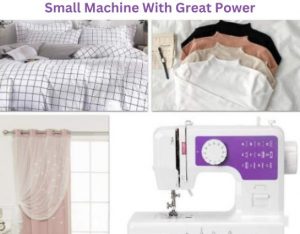
- Portability: The compact size of mini sewing machines makes them highly portable. Whether you’re attending a sewing class, going on a vacation, or simply moving your sewing station from one room to another, you can easily take your mini sewing machine along.
- Space-saving: If you have limited space in your home or apartment, a mini sewing machine is a perfect choice. It takes up minimal space, allowing you to set up a sewing area even in a small corner.
- User-friendly: Mini sewing machines are designed with simplicity in mind. They usually have straightforward controls and are easy to set up, making them beginner-friendly.
- Affordability: Mini sewing machines are often more affordable compared to their larger counterparts. They offer a cost-effective solution for those who are just starting their sewing journey or have a limited budget.
- Versatility: Don’t be fooled by their size; mini sewing machines can still handle a wide range of fabrics and projects. From basic mending to intricate stitching, these machines can tackle various sewing tasks with ease.
Tips for Getting the Most out of Your Mini Sewing Machine
- Read the Manual: Before diving into your sewing projects, take the time to thoroughly read the user manual provided with your mini sewing machine. Understanding its features and functionalities will help you maximize its potential.
- Practice on Scrap Fabric: If you’re new to sewing or have upgraded to a new machine, practice on scrap fabric first. This will help you familiarize yourself with the machine’s settings and stitches before starting on your actual project.
- Use the Right Needles: Different fabrics require different types of needles. Ensure you’re using the appropriate needle for the fabric you’re working with. Using the wrong needle can result in skipped stitches or fabric damage.
- Maintain Regular Cleaning: Regularly clean and oil your mini sewing machine to keep it running smoothly. Refer to the manufacturer’s instructions for specific cleaning guidelines. A well-maintained machine will last longer and deliver optimal performance.
Mini Sewing Machine Options: Which to Choose?
When considering mini sewing machine options, there are a few factors you can consider to help you make a decision. Here are some points to keep in mind:
- Purpose: Determine the main purpose for which you’ll be using the mini sewing machine. Are you looking for a portable machine for small repairs and basic sewing tasks, or do you plan to tackle more complex projects?
- Features: Check the features offered by different models. Some common features to look for include adjustable stitching speed, various stitch patterns, automatic threading, reverse stitching, and built-in lighting.
- Portability: Mini sewing machines are known for their portability. Consider the weight and size of the machine if you plan to carry it around frequently or if you have limited space for storage.
- Durability: Look for a mini sewing machine that is sturdy and made from durable materials. Reading customer reviews can provide insight into the machine’s reliability and longevity.
- User-friendliness: Consider the ease of use and user-friendly features. Look for machines that have clear instructions, easy threading mechanisms, and intuitive controls.
- Price: Set a budget and compare the prices of different models. Keep in mind that higher-priced machines may offer more features and durability, but there are also affordable options available.
- Brand and reviews: Research reputable sewing machine brands and read customer reviews to gain insight into the overall quality and performance of the machine.
Mini Sewing Machine Review: Pros and Cons
The Different Types of Mini Sewing Machines
There are several different types of mini sewing machines available in the market. These compact machines are designed to be portable and easy to use, making them popular choices for beginners, travelers, and those with limited sewing space. Here are some common types of mini sewing machines:
- Handheld Mini Sewing Machines: These machines are small and lightweight, designed to be held in your hand while sewing. They usually operate on batteries or a power adapter and are suitable for basic stitching and repairs on light fabrics. Handheld machines are often inexpensive and convenient for quick fixes.
- Compact Electric Mini Sewing Machines: These machines are slightly larger than handheld ones and have a compact design. They are powered by electricity and have a foot pedal for controlling the stitching speed. Compact electric machines offer more functionality and stitch options compared to handheld models, making them suitable for a wider range of sewing projects.
- Miniature Mechanical Sewing Machines: These machines are manually operated and do not require electricity. They are usually small and lightweight, making them highly portable. Miniature mechanical sewing machines often have a basic set of stitch options and are suitable for simple sewing tasks like hemming, stitching small projects, or creating crafts.
- Computerized Mini Sewing Machines: Although less common, there are mini sewing machines with computerized features. These machines often come with a small LCD screen for selecting stitch patterns, adjusting settings, and displaying information. Computerized mini-sewing machines provide a wider variety of stitches, embroidery designs, and automated functions.
- Combination Mini Sewing Machines: Some mini sewing machines offer a combination of sewing and embroidery functions. These machines may come with interchangeable attachments or have built-in embroidery capabilities. Combination mini sewing machines are versatile options for those who want to experiment with both sewing and embroidery projects.
Is a Mini Sewing Machine Worth It?
Yes, a mini sewing machine can be worth buying if you have basic sewing needs or require portability. It is cost-effective and suitable for small projects or beginners learning to sew.
Are Mini Sewing Machines Durable?
When it comes to finding a good quality mini sewing machine, durability is an important factor to consider. There are a lot of different brands and models on the market, and it can be difficult to know which ones are worth your investment.
In general, mini sewing machines are quite durable. They are designed to be lightweight and portable, so they can be easily taken with you on the go. Many of them also come with a carrying case, which helps to protect the machine from bumps and scratches.
However, there are a few things you can do to help ensure that your mini-sewing machine lasts for as long as possible. First, be sure to read the instructions carefully before using the machine. This will help you avoid any damage that could be caused by incorrect usage.
It is also a good idea to invest in a good quality sewing machine cover. This will help to keep dust and dirt off of the machine, and it will also help to protect it from any accidental spills.
Finally, be sure to regularly clean and oil the machine. This will help to keep it in good working condition and prevent any major problems from developing.
Overall, mini sewing machines are quite durable and can last for many years with proper care. If you take the time to choose a good quality machine and take care of it properly, it can be a great addition to your sewing arsenal.
Who is this Mini Sewing Machine for?
Mini sewing machines are perfect for people who want to sew but don’t have a lot of space. They’re also great for sewing on the go, since they’re so small and portable.
Most mini sewing machines have all the essential features you need for basic sewings, such as a straight stitch and zigzag stitch. Some even have more advanced features like a buttonhole stitch.
If you’re just starting out with sewing, or if you only need a machine for occasional projects, then a mini sewing machine is a great choice. They’re also a good option if you’re looking for a machine for a child or teenager.
So, It’s perfect for anyone who wants to sew but doesn’t have a lot of space, or for anyone who wants a small and portable machine.
Is a Mini Sewing Machine Good for Beginners?
Yes, it’s a great option for beginners, because mini sewing machines are becoming increasingly popular, especially among those who are new to sewing.
They are a great option for beginners because they are easy to use and very affordable. In addition, mini sewing machines are very portable, so you can take them with you wherever you go.
If you are considering purchasing a mini sewing machine, there are a few things you should keep in mind.
First, you will want to make sure that the machine you choose has all the features you need. Many mini sewing machines come with basic features, such as a straight stitch and zigzag stitch. However, there are also machines that come with more advanced features, such as a buttonhole stitch and a blind hem stitch.
Another thing to consider is the size of the machine.
Mini sewing machines can vary in size, so you will want to choose one that is comfortable for you to use. In addition, you will want to make sure that the machine you select can handle the type of fabric you plan on sewing.
Finally, you will want to read reviews of mini sewing machines before you make your purchase. This will help you find a machine that is right for you and that will meet your needs.
Is a Mini Sewing Machine Good for Kids?
Yes, Mini sewing machines can be a great option for kids. They are usually smaller and lighter than full-size machines, making them easier for kids to handle. They also tend to be less expensive than full-size machines.
One thing to keep in mind, however, is that mini sewing machines usually have fewer features than full-size machines.
This means that they may not be able to handle certain types of fabrics or stitching. If your child is interested in sewing, it’s a good idea to let them try out a mini machine before you make a purchase.
Another thing to consider is that mini sewing machines may not be able to handle heavy-duty projects. If your child wants to sew something like a quilt, you may want to consider a full-size machine.
Overall, mini sewing machines can be a great option for kids. They are usually less expensive and easier to handle than full-size machines. Just keep in mind that they may not have all the features of a full-size machine.
Conclusion: Mini Sewing Machine Review
I hope now you are well aware of the mini sewing machine review. In conclusion, the mini sewing machine is a versatile and compact tool that provides convenience and portability for sewing enthusiasts. With its lightweight design, it is perfect for small sewing projects and on-the-go repairs.
Despite its size, this machine offers impressive functionality, including various stitch options and adjustable speed controls. While it may not be suitable for complex or heavy-duty tasks, it is an excellent choice for beginners, hobbyists, and those looking for a portable sewing solution.
FAQs: Mini Sewing Machine Review
Can I use a mini sewing machine without electricity?
Many mini sewing machines operate on electricity or batteries. However, there are some models available that offer a manual hand-cranking option. These machines can be useful in situations where electricity is not available, but they may have limitations in terms of speed and functionality.
How do I maintain and clean a mini sewing machine?
Regular maintenance is essential to keep your mini sewing machine in good working condition. Clean the machine after each use by removing lint and dust from the bobbin area, needle, and feed dogs. Refer to the user manual for specific cleaning instructions and lubrication requirements.
What should I consider before buying a mini sewing machine?
Before purchasing a mini sewing machine, consider factors such as your sewing needs, the machine’s features and capabilities, durability, customer reviews, and the brand’s reputation. It’s also helpful to compare prices and check for warranty options.
Can I sew thick fabrics with a mini sewing machine?
Mini sewing machines are generally designed for lightweight fabrics such as cotton, polyester, and thin denim. They may struggle with thicker fabrics like heavy denim or upholstery materials. It’s best to check the machine’s specifications to ensure it can handle the fabric you plan to sew.
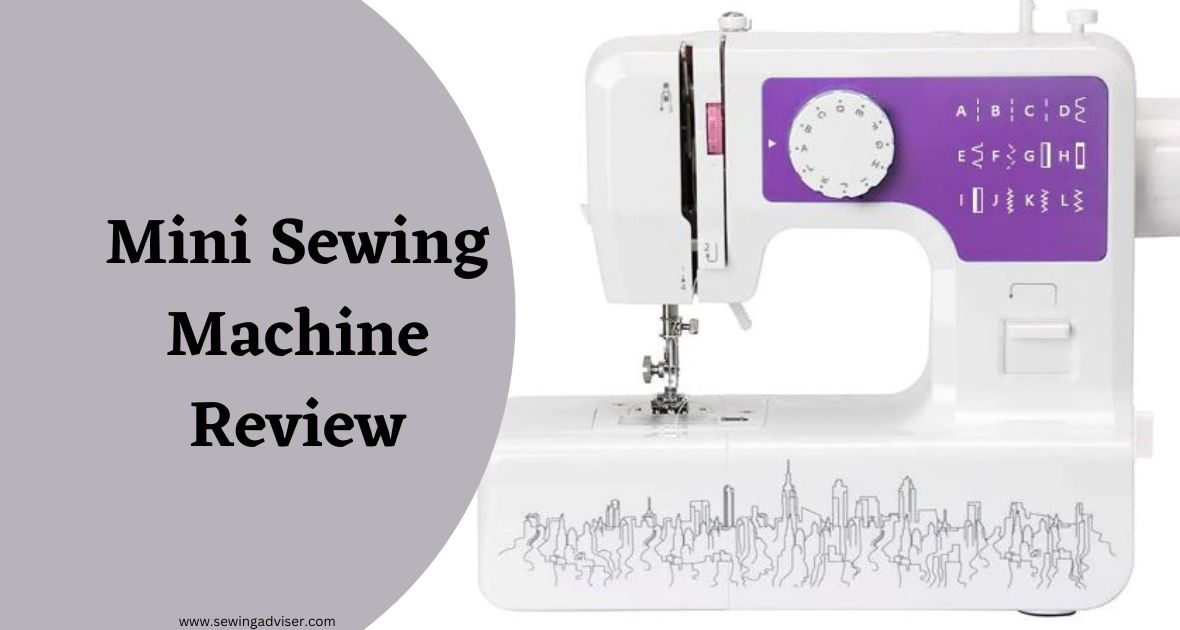
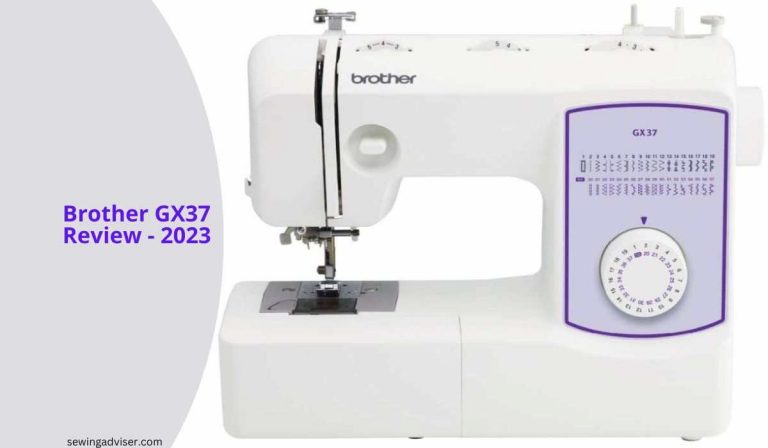
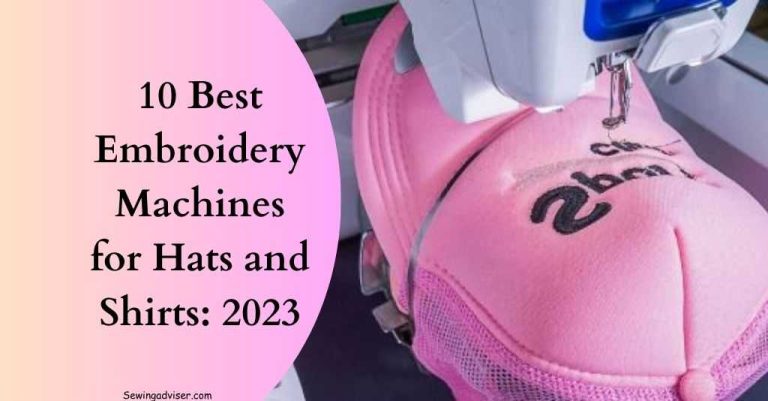
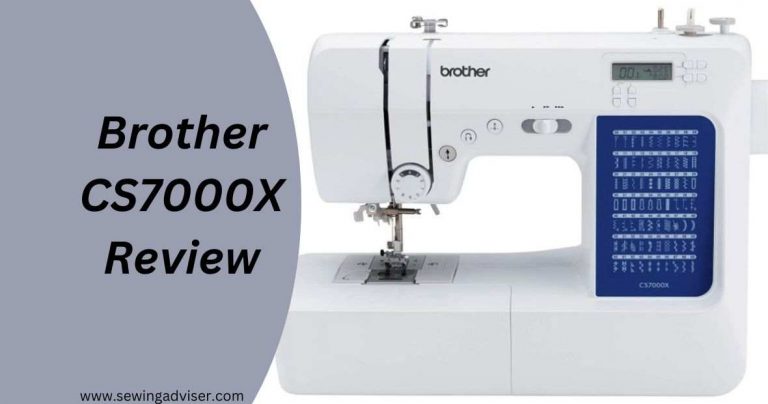
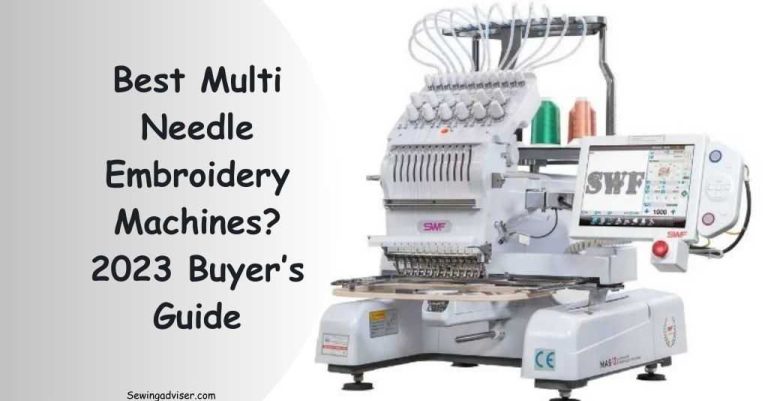
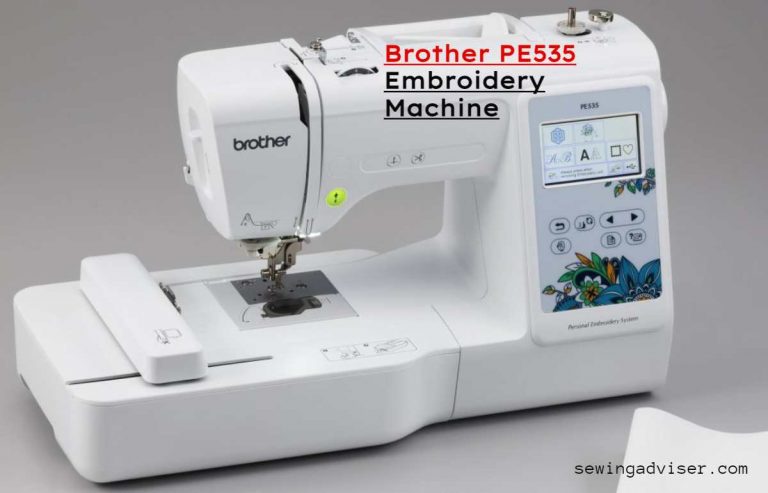
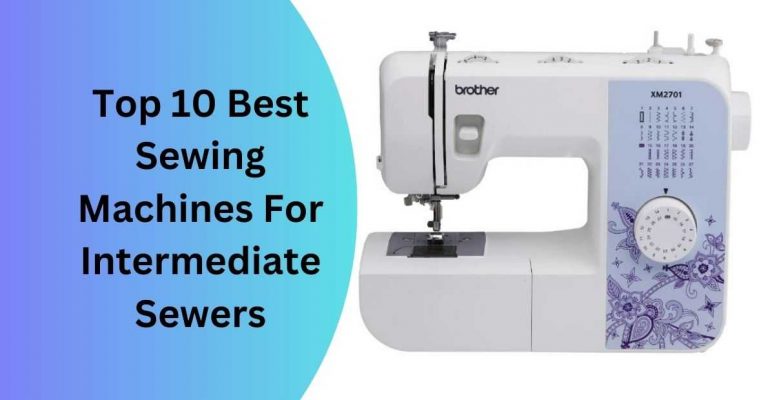
4 Comments